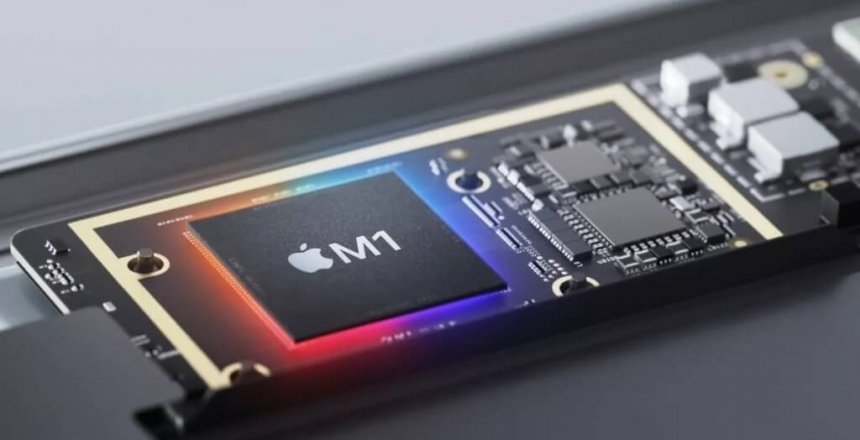What is the M1? Why is Apple going away from Intel? Why is it only in the lower end Macs? So many questions, let’s dive in and take a look…
ARM Magic
Back in 1983, Acorn started the RISC machine project and by 1987, they had a working computer called the Archimedes which used their Acorn RISC Machine processor or ARM. However, ARM decided to incorporate in 1990, and one of the companies they partnered with was Apple, and Apple didn’t want Acorn in the name, so they decided to change it to Advanced RISC Machines.
Apple initially put the ARM processor in their Newton tablets, but the tablets didn’t sell well enough and Apple was 90 days away from bankruptcy when Steve Jobs signed a deal with Microsoft to save the company, only it wasn’t Microsoft that would save the company, it was Apple’s shares in ARM.
Steve Jobs approached Intel for the being the processor for the iPhone and they turned him down, so he used the ARM processor.
However, on the desktop market the AIM (Apple, IBM, Motorola) PowerPC did really well and lasted 11 years but it had terrible performance per watt, so Apple switched to the more performance processor, Intel.
After 15 years of performance on the desktop, Intel is not innovating fast enough and ARM is now ready for the desktop, 30 years after Apple founded ARM.
Apple's M1 chip
Apple’s iPhone and iPad lines sell well because they are fast, look good and just work. Apple has taken what worked on the mobile devices and took the components of the desktop and stacked them into what is known as a System on a chip (Soc) which means the memory, processor and graphics are an extremely short distance from each other so they run a lot faster than they would do if they were spread over the motherboard.
Heat has long been a bottleneck for processors, and Apple is using the latest technology called 5nm process which means the processor is just 5nm thick. This means the processor can dissipate heat much quicker, run considerably faster and use a lot less power in the process. Intel is using 14nm process and moving to 10nm process for it’s processors.
Intel also charge a lot for their processors, which is why Apple’s computers have been expensive. It makes sense that Apple would sell their M1 powered computers at the lower end of the price range in case they were not popular.
x86 emulation
While the M1 is not brilliant in every way, it needs support for older Mac software and hence uses an emulator called Rosetta 2 to do this.
The efficiency gains of the M1 processor also makes the emulation fly, so a lot of high end programs like PhotoShop and Premier Pro that don’t yet run natively on the M1 run under the emulator without problem.
There are some problems though, because the M1 chip doesn’t support external graphics cards, gaming is a let down.
You also can’t use Bootcamp to dual boot a M1 Mac to Windows, and neither VMWare nor Parallels are there yet to run Windows on their software, so your Windows programs won’t run yet.
Windows runs really badly on ARM right now and would probably have to be completely rewritten to perform well on the M1 processor.

